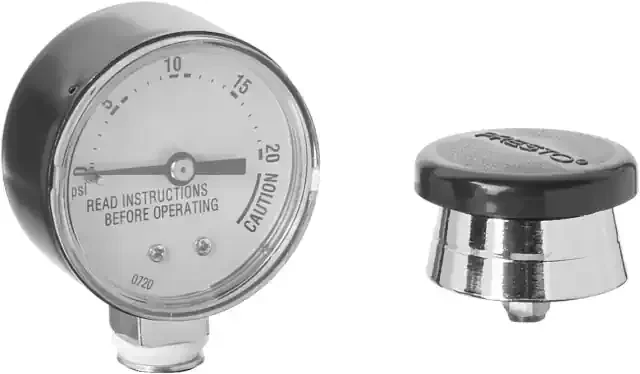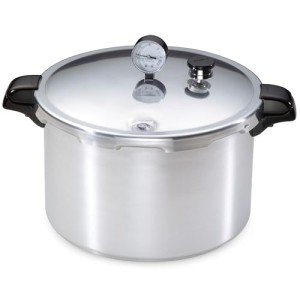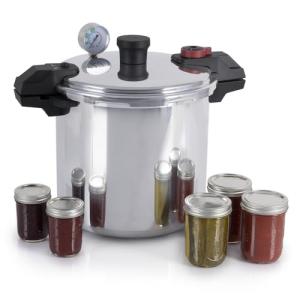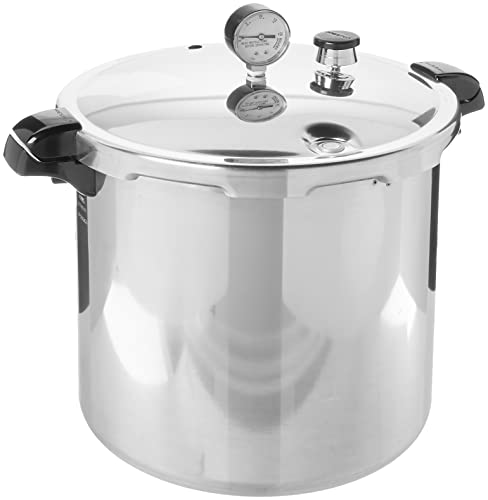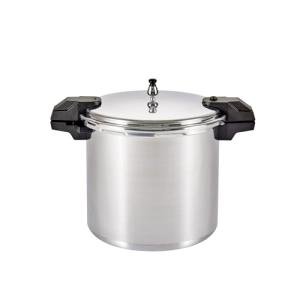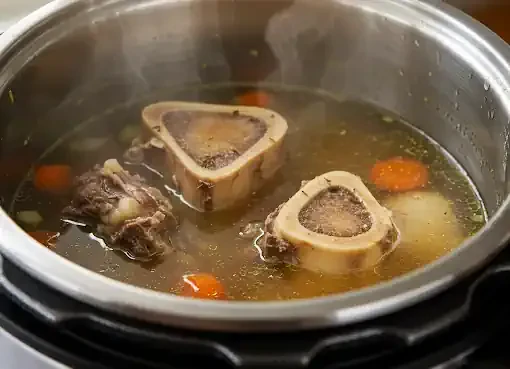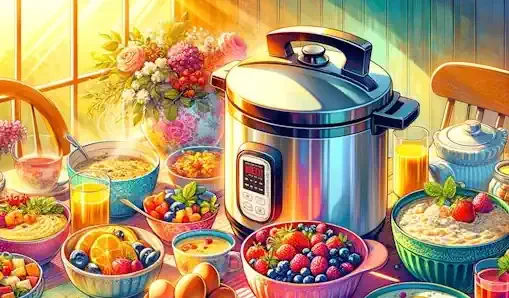Pressure cookers have long been a staple in kitchens worldwide, known for their efficiency in cooking food quickly under high pressure. However, the older models were often notorious for their safety issues. Today's modern pressure cookers have revolutionized this, incorporating numerous safety features that make them indispensable kitchen tools. This article explains these features in detail, providing peace of mind for home cooks and professionals alike.
The Evolution of Pressure Cookers
The modern pressure cooker has come a long way from its predecessors. Earlier models were simple but risky, with minimal safety measures, leading to accidents in kitchens. Manufacturers have since prioritized safety, transforming these once-feared kitchen gadgets into must-have appliances for quick and safe cooking.
Key Safety Features of Modern Pressure Cookers
Locking Lid Mechanism: One of the most crucial safety features, the locking lid mechanism prevents the lid from being opened while there is still pressure inside the cooker. This mechanism ensures that the cooker can only be opened once it's safe to do so, eliminating the risk of hot food or steam erupting outwards.
Pressure Release Valves: Modern pressure cookers are equipped with pressure release valves that help in maintaining the internal pressure at a safe level. These valves release excess pressure automatically, preventing any chance of explosion due to overpressure.
Safety Valves: In addition to pressure release valves, there are also safety valves that act as a second line of defense. If the primary valve becomes blocked or fails, the safety valve kicks in to release pressure, ensuring safety.
Sealed Gasket: A rubber or silicone gasket ensures an airtight seal between the lid and the pot. This sealing maintains the pressure inside and prevents any steam from escaping during cooking, which is essential for both safety and efficiency.
Pressure Indicators: Modern pressure cookers come with pressure indicators that show the level of pressure inside the pot. These indicators help users to monitor and control the cooking process, ensuring that the pressure stays within the safe range.
Heat-Resistant Handles: Ergonomically designed heat-resistant handles are a standard feature, allowing for safe and comfortable handling of the cooker, especially when it's hot.
The Benefits of Safety Features in Pressure Cooking
These safety features provide numerous benefits:
Prevent Accidents: The primary benefit is the prevention of accidents, making pressure cooking a much safer experience.
Consistent Cooking Results: By regulating pressure and preventing its excess buildup, these features ensure consistent cooking results.
User Confidence: Knowing that multiple safety measures are in place increases confidence in using pressure cookers, even for beginners.
Energy Efficiency: With effective sealing and pressure control, modern pressure cookers are also more energy-efficient.
Choosing the Right Pressure Cooker
When selecting a pressure cooker, consider these safety features as your primary criteria. Look for well-known brands that have a reputation for quality and safety. Also, choose a cooker with a size and capacity that suits your cooking needs.
Maintenance for Safety
Proper maintenance is key to ensuring these safety features continue to function effectively. Regularly check the gasket for wear and tear, keep the valves clean and unobstructed, and follow the manufacturer's instructions for care and maintenance.
The modern pressure cooker is a testament to how safety can be seamlessly integrated into kitchen appliances. With their advanced safety features, these cookers have become an essential tool in contemporary cooking, offering a combination of speed, efficiency, and most importantly, safety. Whether you're a professional chef or a home cook, understanding and utilizing these features will enhance your cooking experience, ensuring delicious meals are prepared safely and efficiently.
As the culinary world continues to evolve, so does the technology in our kitchens. Modern pressure cookers, with their sophisticated safety features, represent a significant leap in this evolution. They are no longer just a means to quick cooking but a symbol of how innovation can make everyday tasks both safer and more efficient.
